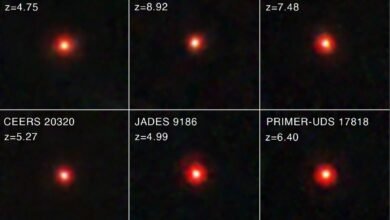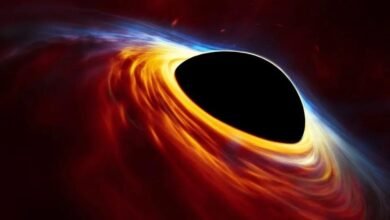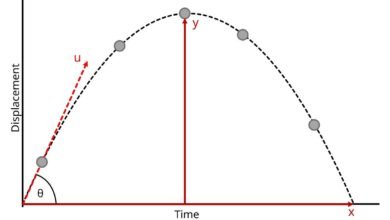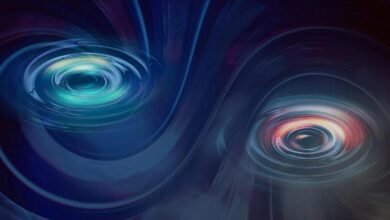SCIENCE
Starts With A Bang Podcast #109 — Launching a galactic cone | by Ethan Siegel | Starts With A Bang! | Sep, 2024
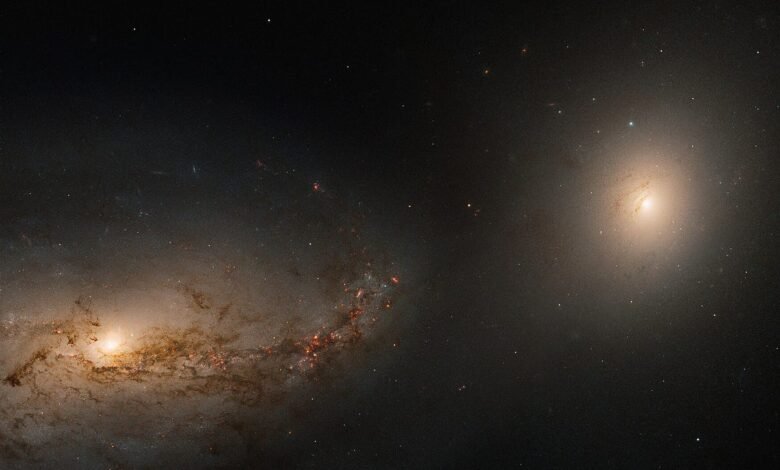
Galactic activity doesn’t just arrive when supermassive black holes feast on matter. Before, during, and after all create fascinating signs.
When you think of an active galaxy, what picture comes to mind? Do you think about a monstrous supermassive black hole feasting on tremendous stores of gas and other forms of matter? Do you picture an enormous disk of accreted matter, being accelerated, heated, and eventually shot out along two jets, each perpendicular to the disk itself? This common picture of active galaxies describes many of the most prominent ones, but isn’t universal to them all.
Source link

